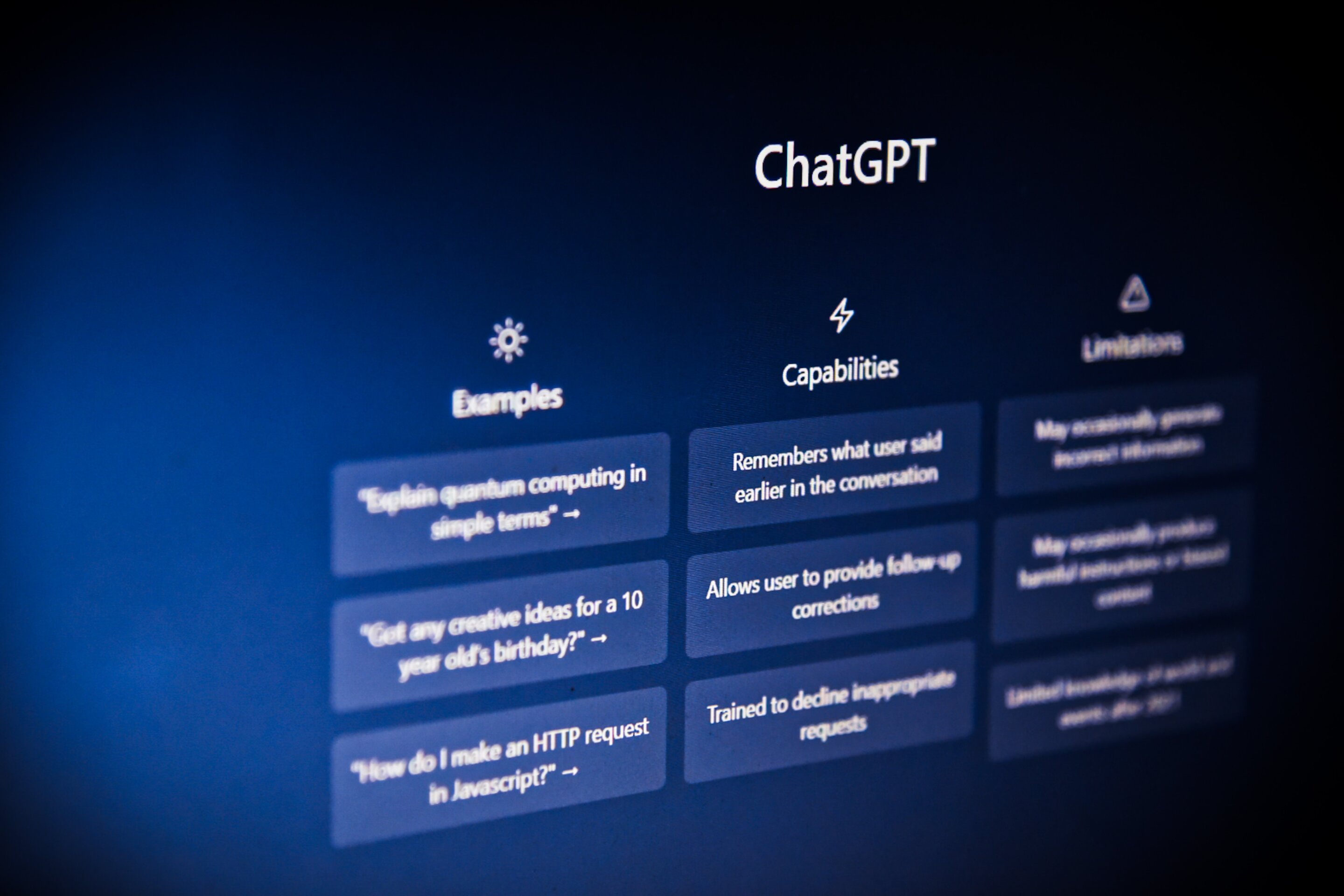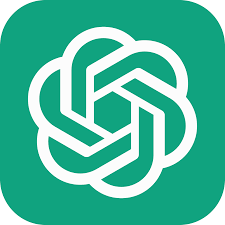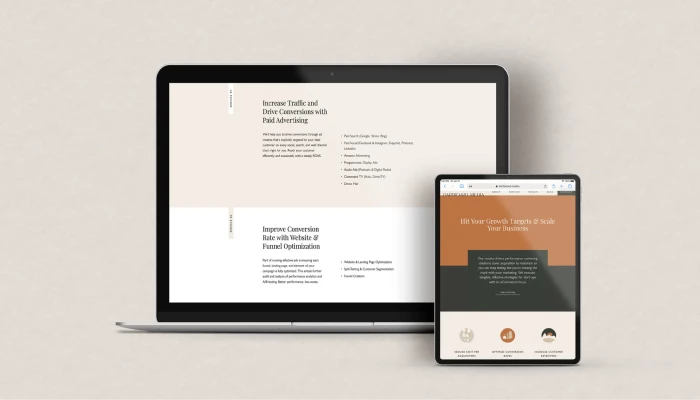AI and remote work were a perfect pairing. The COVID-19 lockdowns accelerated the shift to digital work environments.
Now, much of white-collar work and teamwork occurs online, whether through Slack chats, Zoom meetings, Google Sheets, or GitHub repositories. Whether in an office, hybrid, or fully remote setting, work is facilitated through digital platforms.
This level of accessibility not only allows humans to work from any location but also paves the way for non-human entities, particularly AI, to seamlessly integrate into human tasks. In 2023, this integration was exemplified by linking Google Sheets with ChatGPT or using AI assistants to summarize Zoom meetings.
 By 2025, this integration has likely evolved significantly:
By 2025, this integration has likely evolved significantly:
- Real-time Collaboration: AI models could now engage in real-time within collaborative platforms, offering instant insights, suggestions, or even taking on tasks autonomously based on the context of ongoing work.
- Automated Workflow Management: AI systems might be managing entire workflows, from scheduling to task delegation, based on the analysis of data from various digital platforms, enhancing productivity and efficiency.
- Enhanced Decision Making: With deeper integration into digital work environments, AI could provide more nuanced decision-making support by pulling insights from a broader, interconnected data ecosystem.
- Personalized AI Assistants: AI assistants could become more personalized and proactive, learning from individual work patterns and preferences to anticipate needs, manage communications, and even predict future project requirements.
- Security and Privacy: As AI becomes more enmeshed in our digital workspaces, there would be an increased focus on security protocols to protect sensitive data while ensuring AI operations remain private and compliant with regulations.
- Ethical and Job Automation Concerns: The conversation around AI in the workplace would also evolve, focusing on ethical considerations, job displacement, and how to balance human oversight with AI capabilities.
This evolution signifies a transformative shift in how work is conceptualized and executed, where AI not only supports but actively participates in the work process, potentially reshaping job roles, company structures, and the very nature of professional interaction.
 OpenAI has recently demonstrated two innovative tools that exemplify these capabilities. In late January, they introduced "Operator," an AI agent designed to execute tasks for users through a web browser.
OpenAI has recently demonstrated two innovative tools that exemplify these capabilities. In late January, they introduced "Operator," an AI agent designed to execute tasks for users through a web browser.
For instance, if you instruct Operator to "buy some healthy dog food for my 150-pound Great Dane dog," it would autonomously navigate to Target's website, search for suitable products, compare options, fill out the required forms, and finalize the purchase.
Additionally, Operator can handle other tasks like ordering meals, booking rides via Uber, and arranging travel accommodations such as hotels and flights.
Yesterday, OpenAI unveiled "deep research," a tool capable of web browsing and employing sophisticated reasoning to undertake complex, multi-step research tasks. It can then compile these findings into comprehensive reports complete with tables and citations, much like a human researcher would. In one demonstration, an OpenAI employee used deep research to analyze and compare mobile adoption rates and usage patterns across various global markets.
Like a human employee, this tool engages with users by asking follow-up questions to ensure clarity on their requests.
 It's accessible within the $200/month pro tier of ChatGPT and is being phased in for broader use.
It's accessible within the $200/month pro tier of ChatGPT and is being phased in for broader use.
Similar to a human, it can handle both vague and precise instructions, employing its judgment when necessary.
Before starting, the tool shows a live feed where users can observe its activities — which websites it's browsing, what queries it's contemplating, and the parts of the answer it's currently developing.
The capacity to mimic human work processes — responding to human inquiries, utilizing tools humans rely on, and presenting reports in customary formats and channels — is a significant advantage. Moreover, the quality of the output from this tool is notably high.
 In January, a team of researchers introduced a new benchmark to assess AI model performance, dubbed "Humanity's Last Test" This benchmark comprises approximately 3,000 tasks spread across 100 different subjects, including challenges in mathematics, computer science, interpreting ancient Roman texts, and recalling facts from Greek mythology.
In January, a team of researchers introduced a new benchmark to assess AI model performance, dubbed "Humanity's Last Test" This benchmark comprises approximately 3,000 tasks spread across 100 different subjects, including challenges in mathematics, computer science, interpreting ancient Roman texts, and recalling facts from Greek mythology.
During that month, OpenAI's then-newest model, GPT-4O, scored a 3.3% accuracy on this test. Other models like Claude 3.5 Sonnet and Google Gemini Thinking scored 4.3% and 6.2%, respectively.
The Chinese model DeepSeek-R1, which was in the spotlight the previous week, achieved a 9.4% accuracy.Developers interested in building on this technology can now access its capabilities through the DeepSeek API, allowing integration of high-performance language models into their own apps. However, the recently unveiled OpenAI deep research model has significantly outperformed these, scoring 26.6% on the test without relying on web browsing for answers or using code to solve mathematical problems.
This represents an astonishing achievement and a tremendous leap forward within just a few weeks. At this rate, it seems AI models might soon be able to accurately answer nearly all questions humans can pose in the not-too-distant future.
Meanwhile, employers and landlords continue to debate "return to the office" policies, with Elon Musk spearheading efforts to bring government workers back to their desks or push them out of their jobs. Amidst this debate, we might be overlooking the broader implications.
Reflecting on the COVID-19 lockdowns, their most profound effect might be accelerating the automation, rather than merely the relocation, of numerous white-collar roles. This doesn't necessarily mean widespread unemployment but suggests that people will engage in different types of work, likely in environments that are differently structured and managed.
Wishing you a fantastic week!






